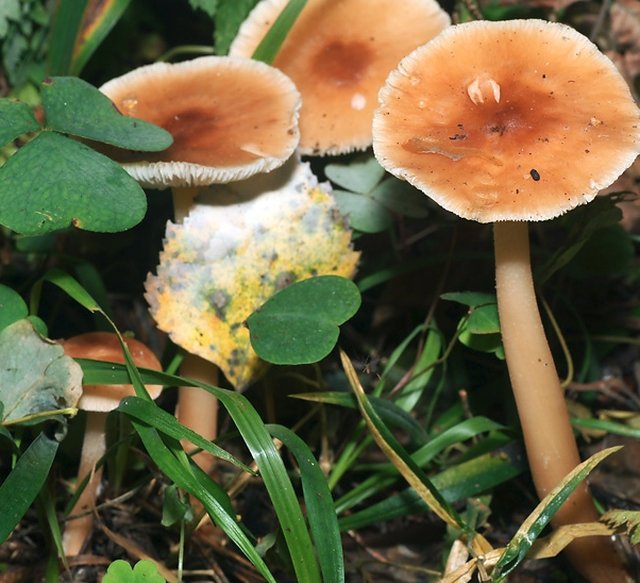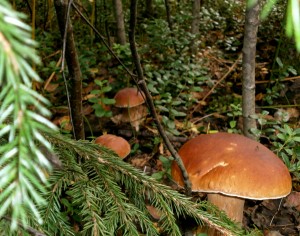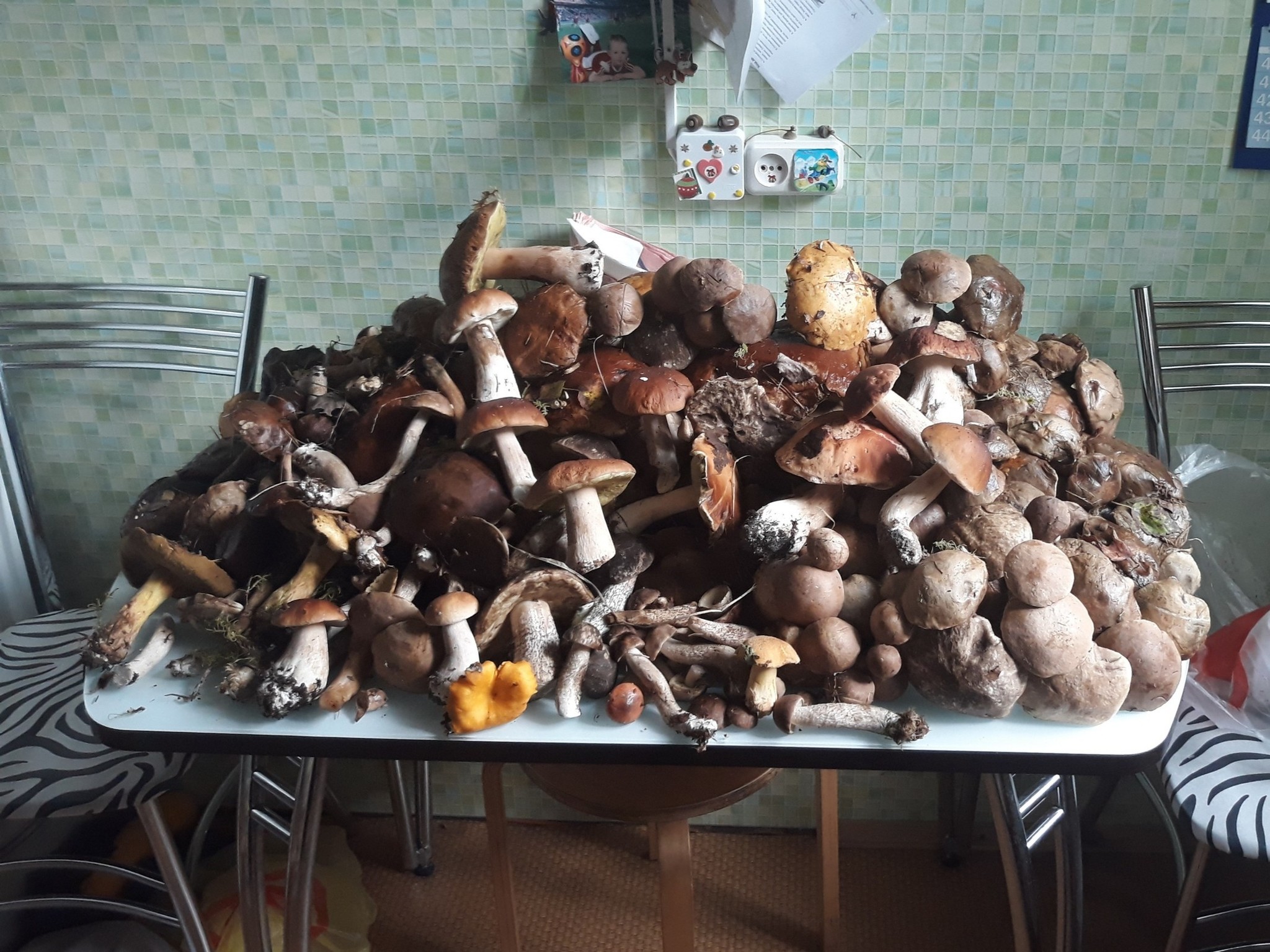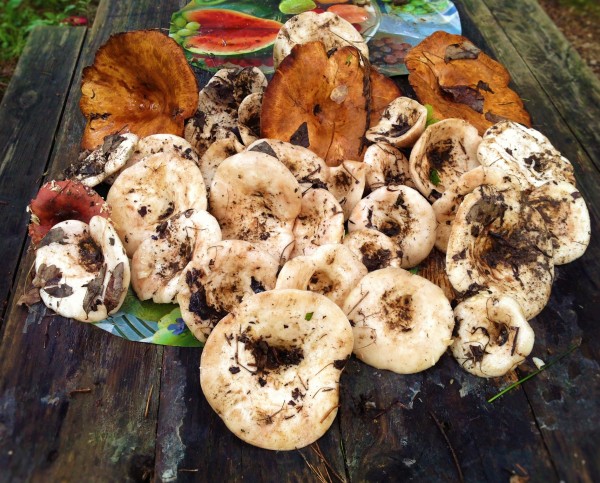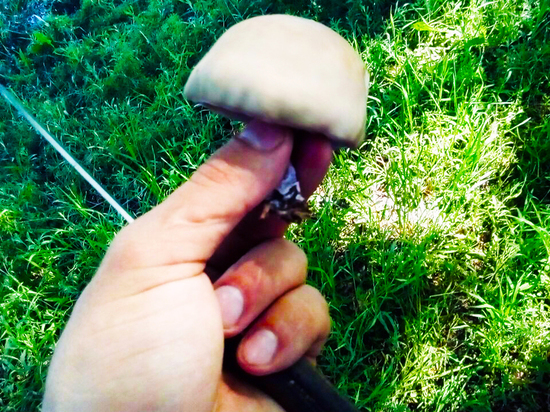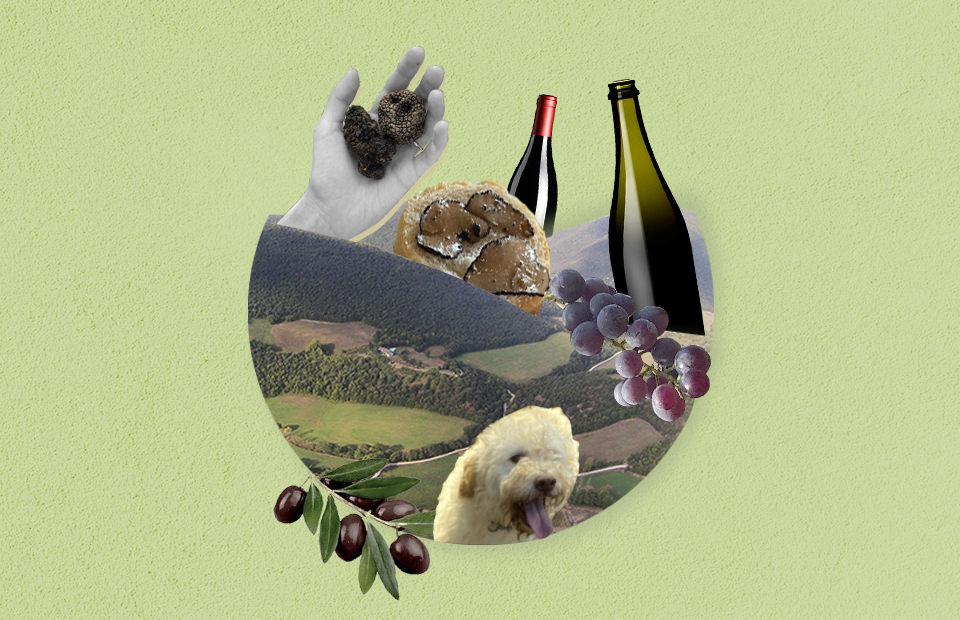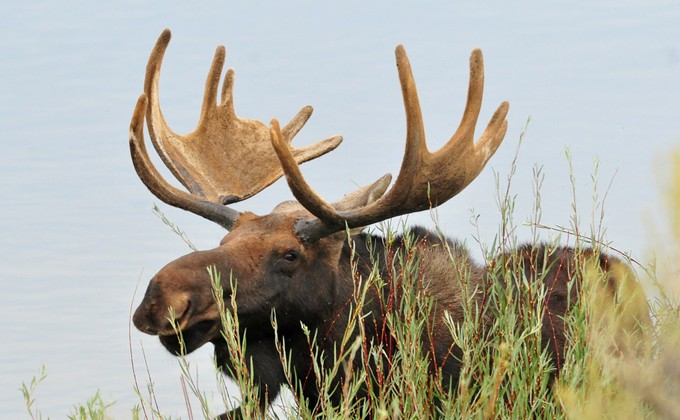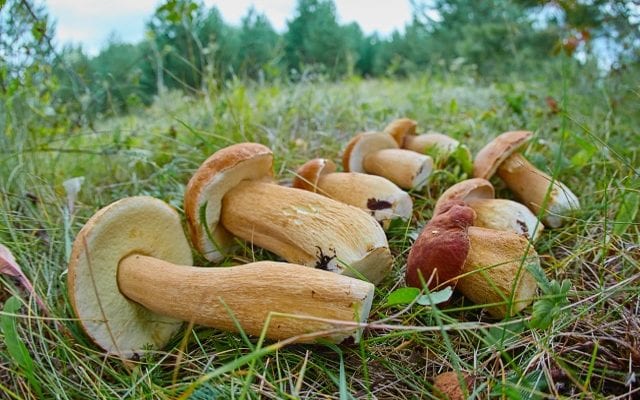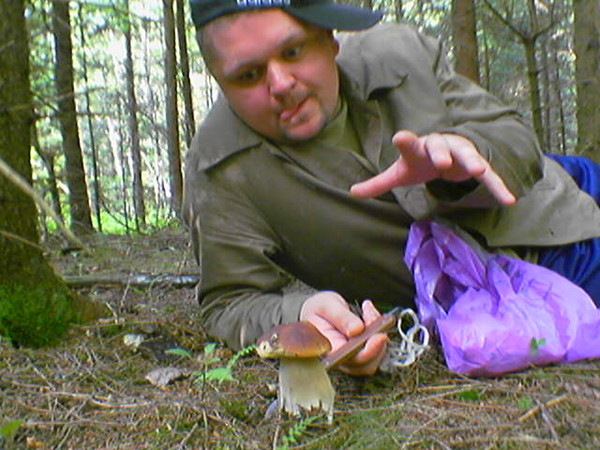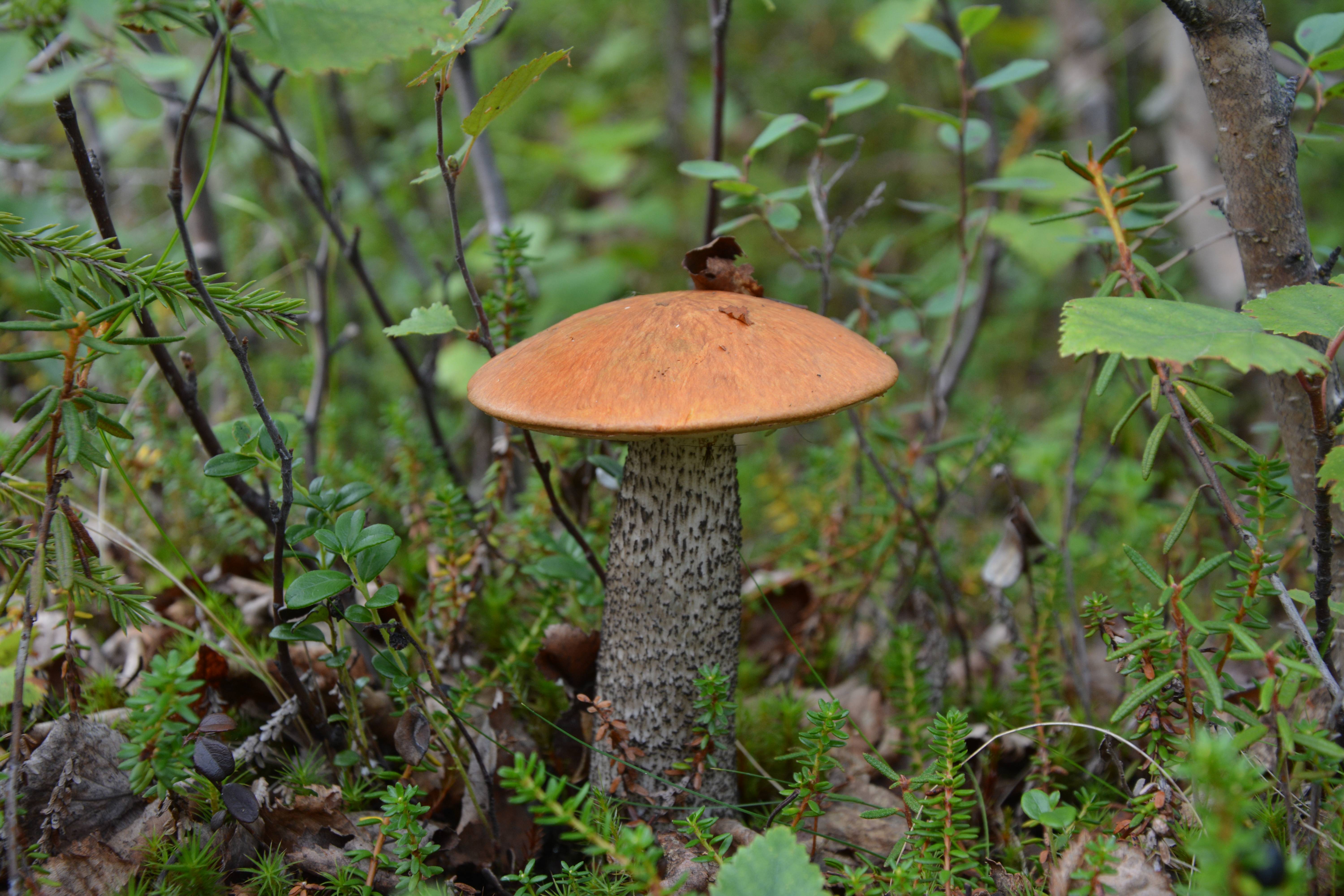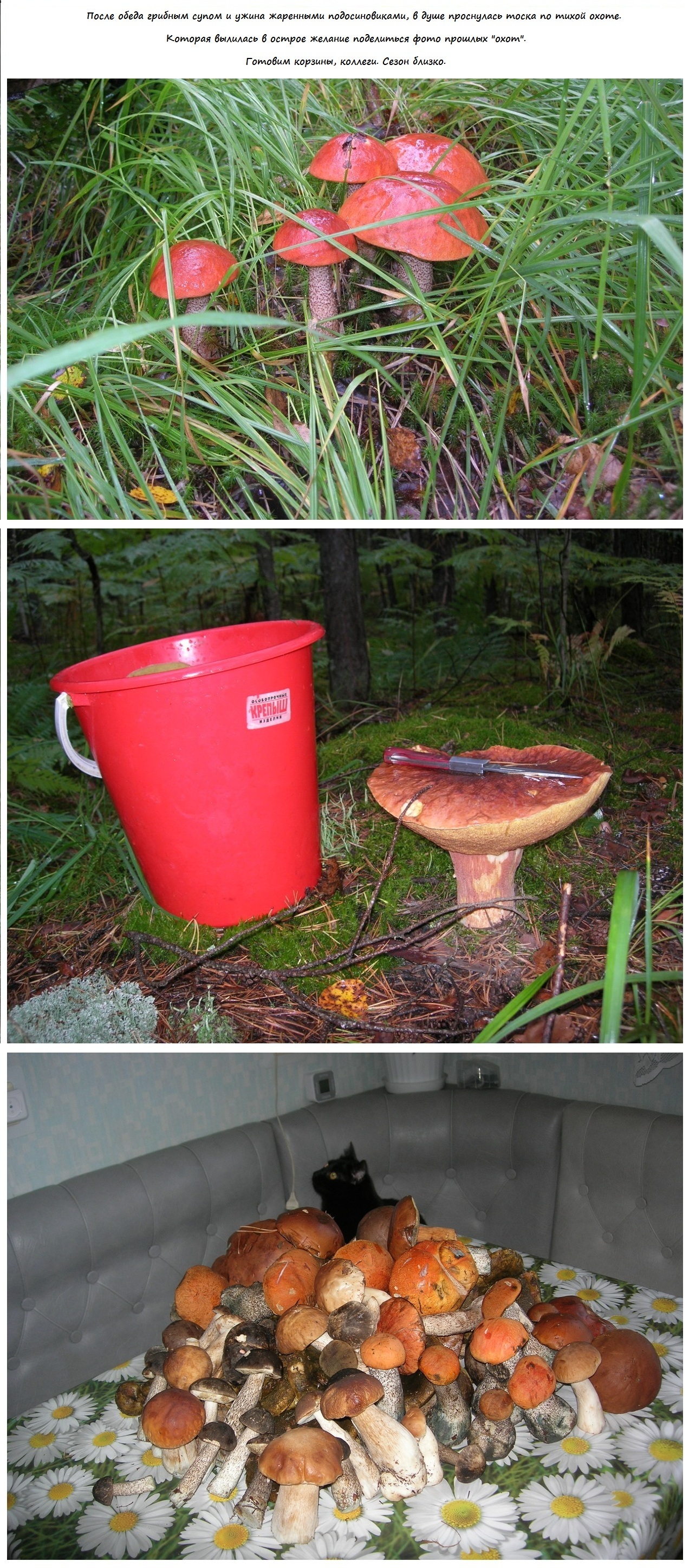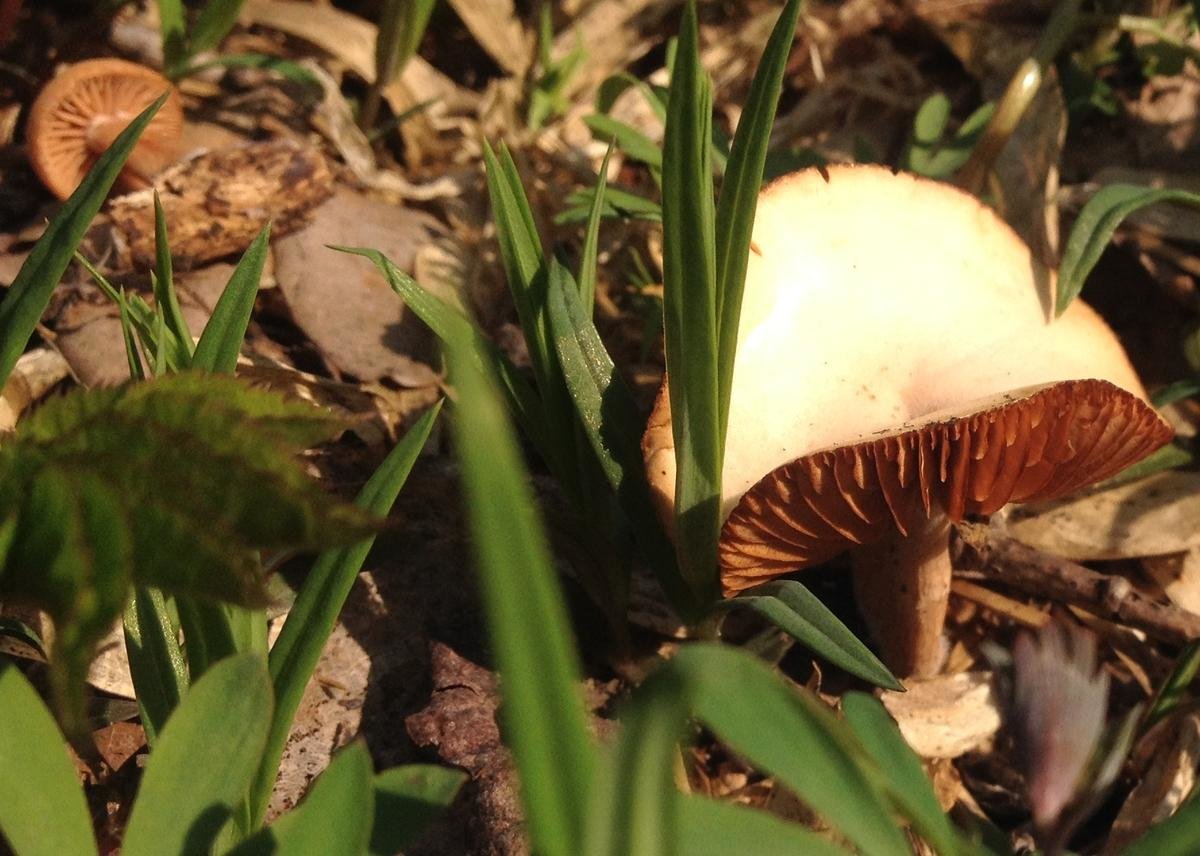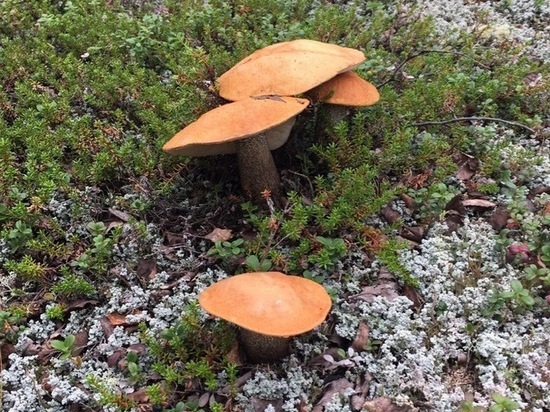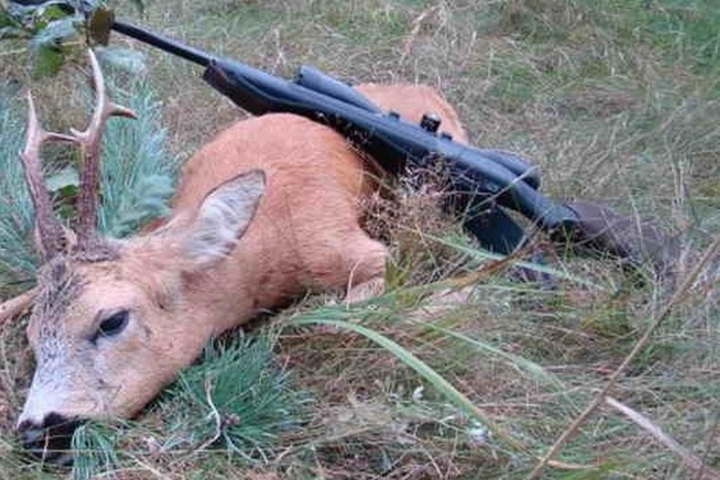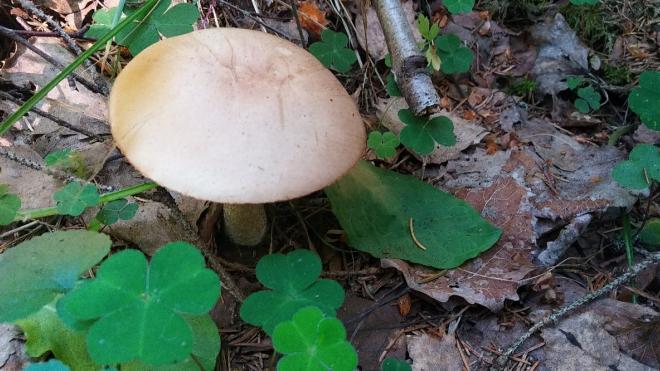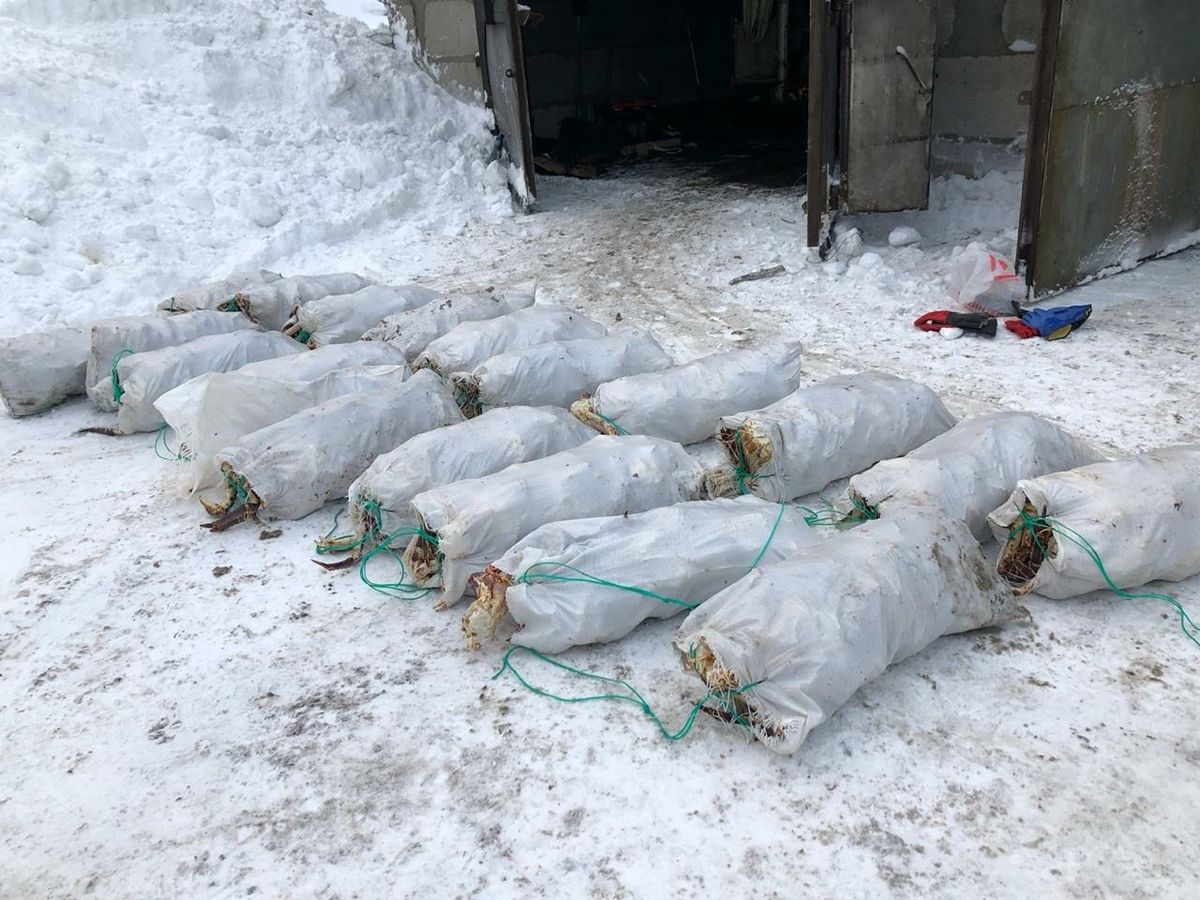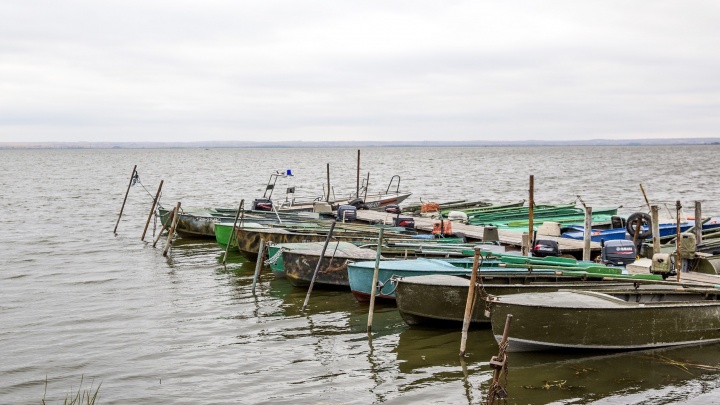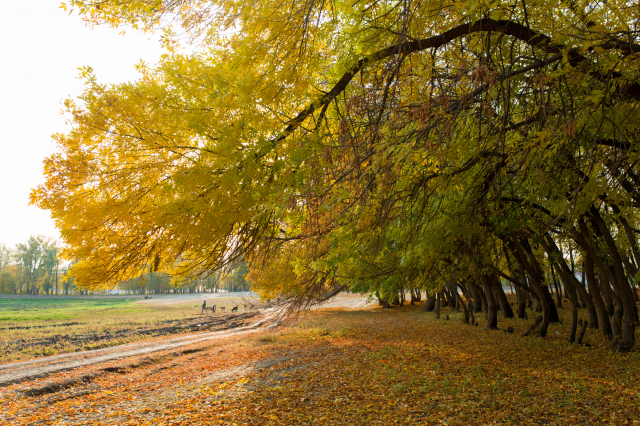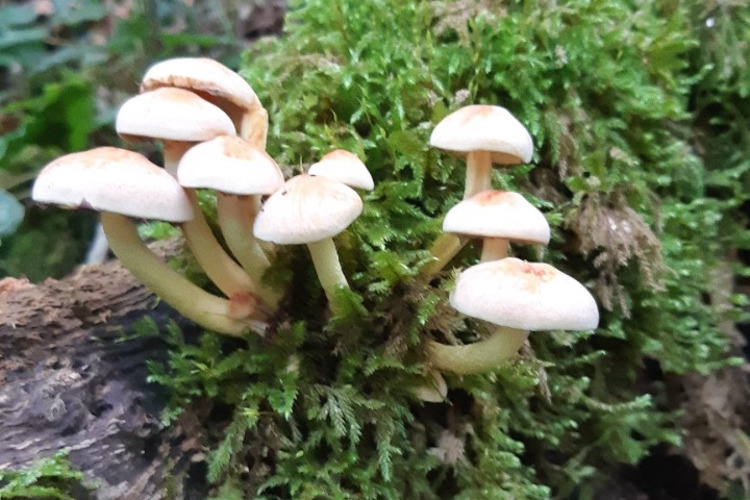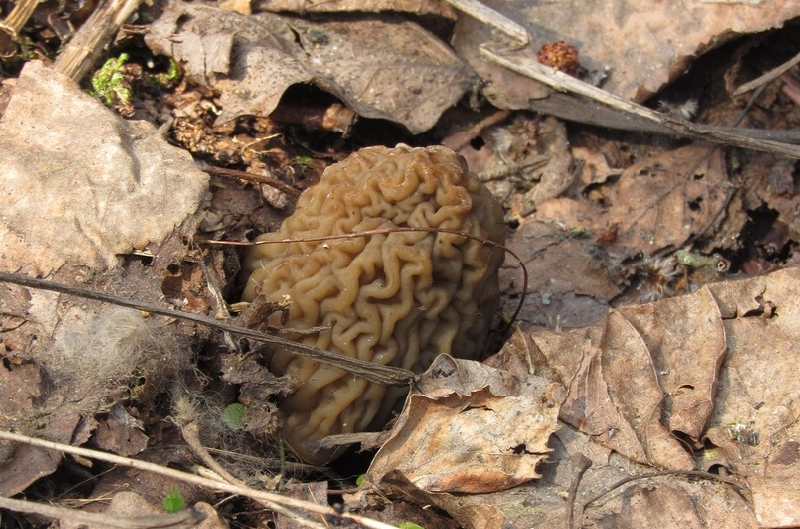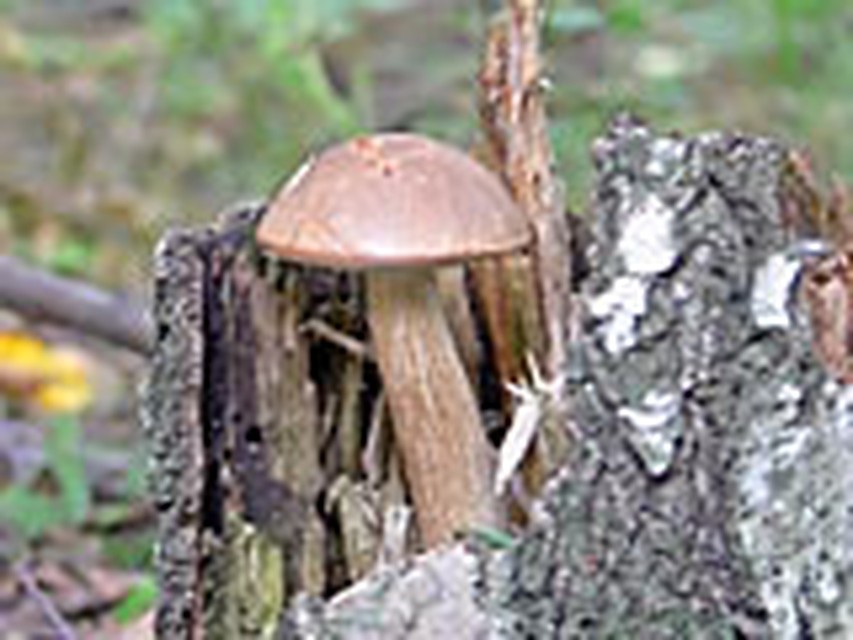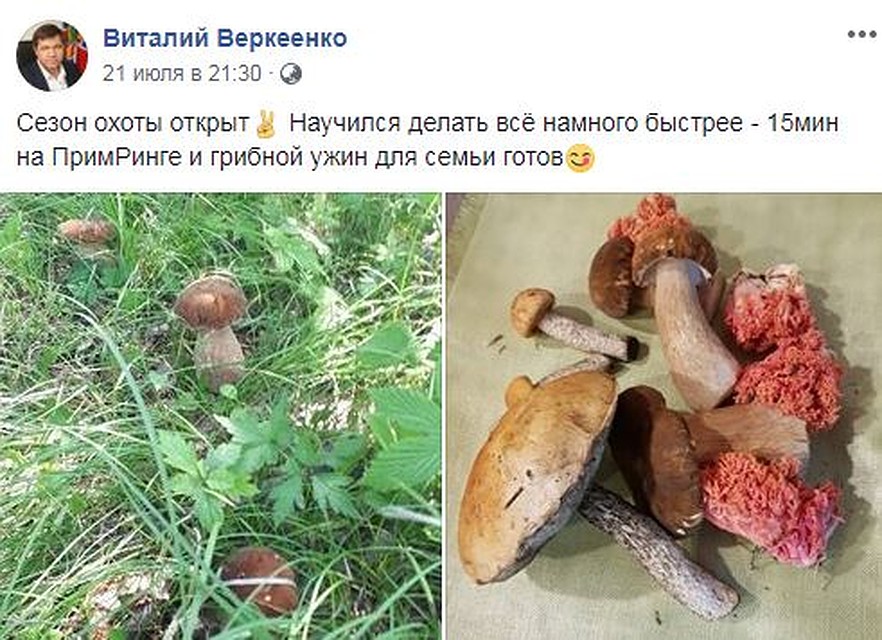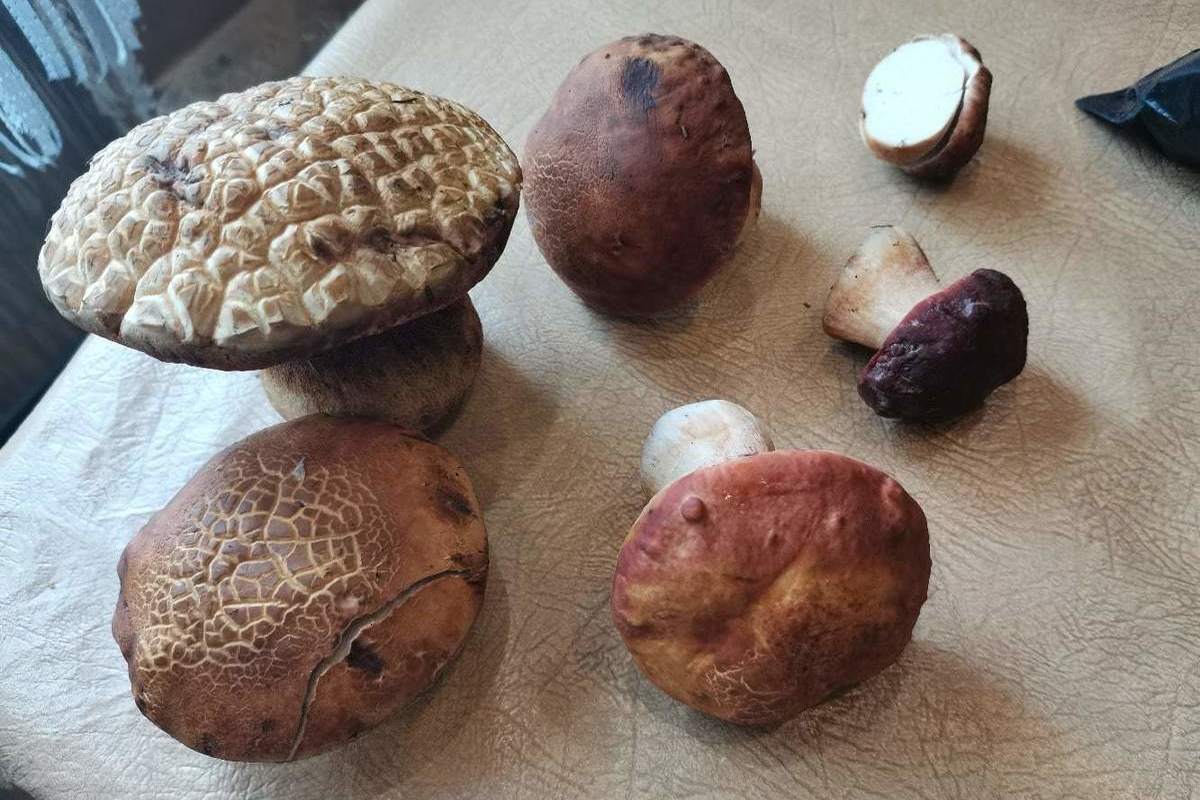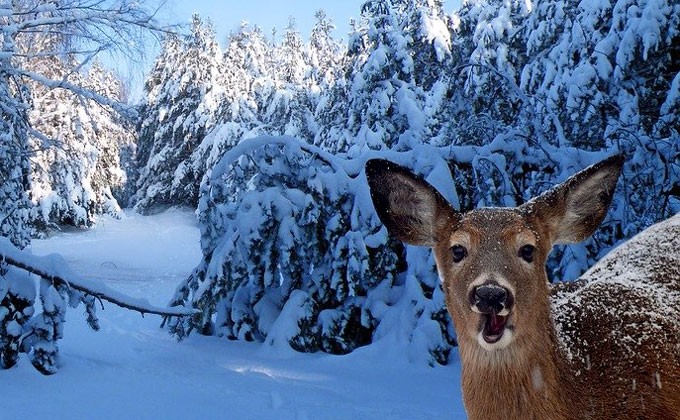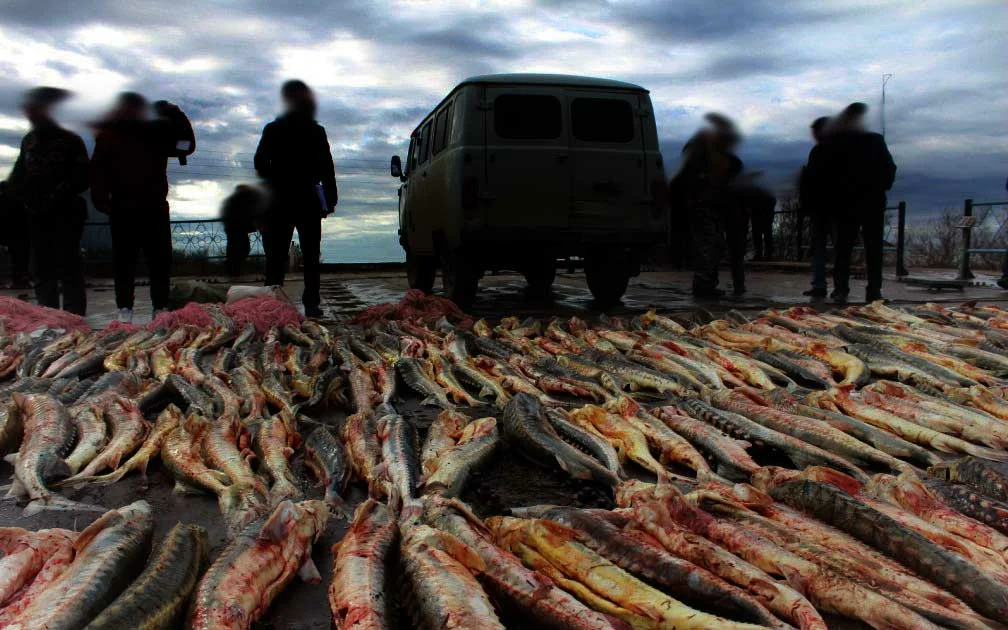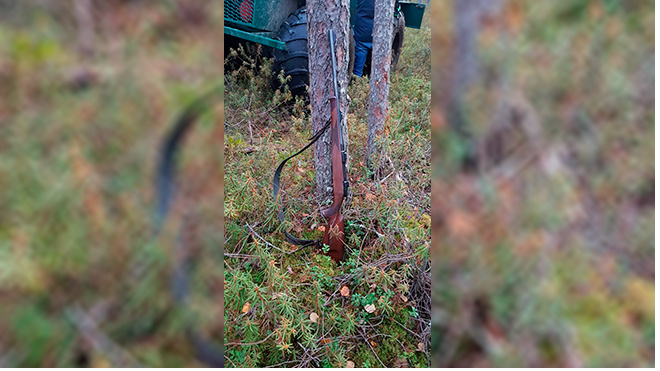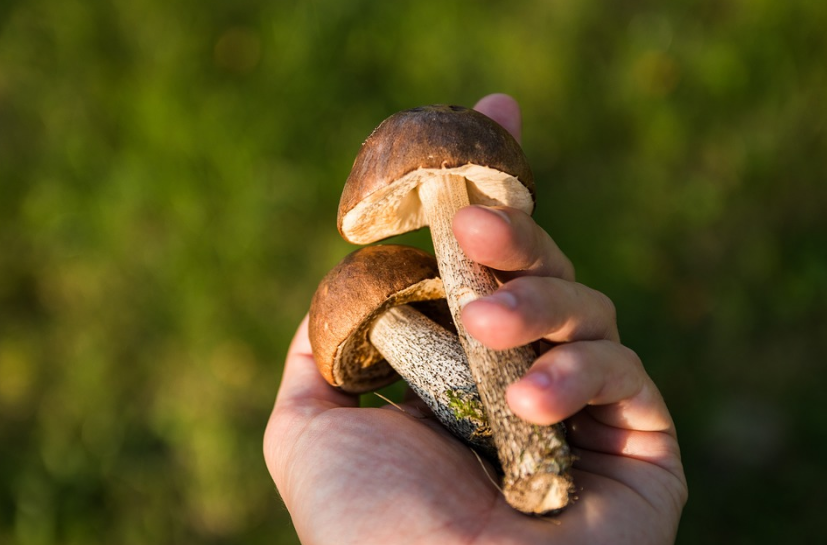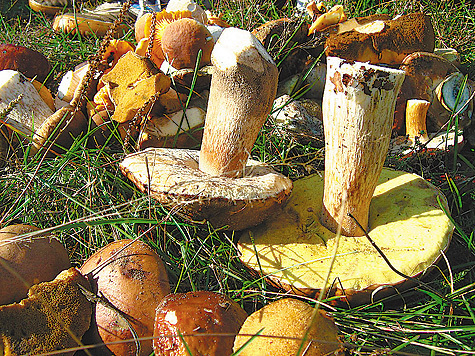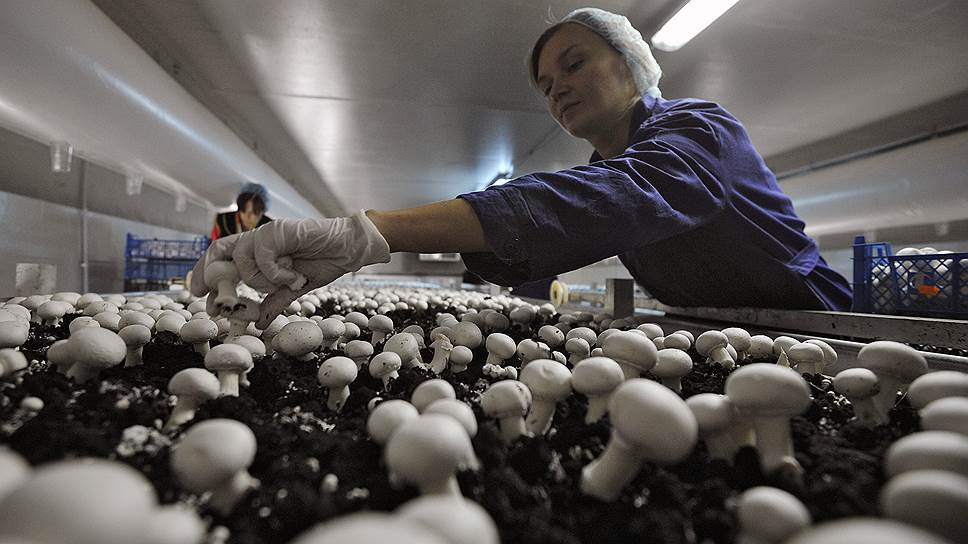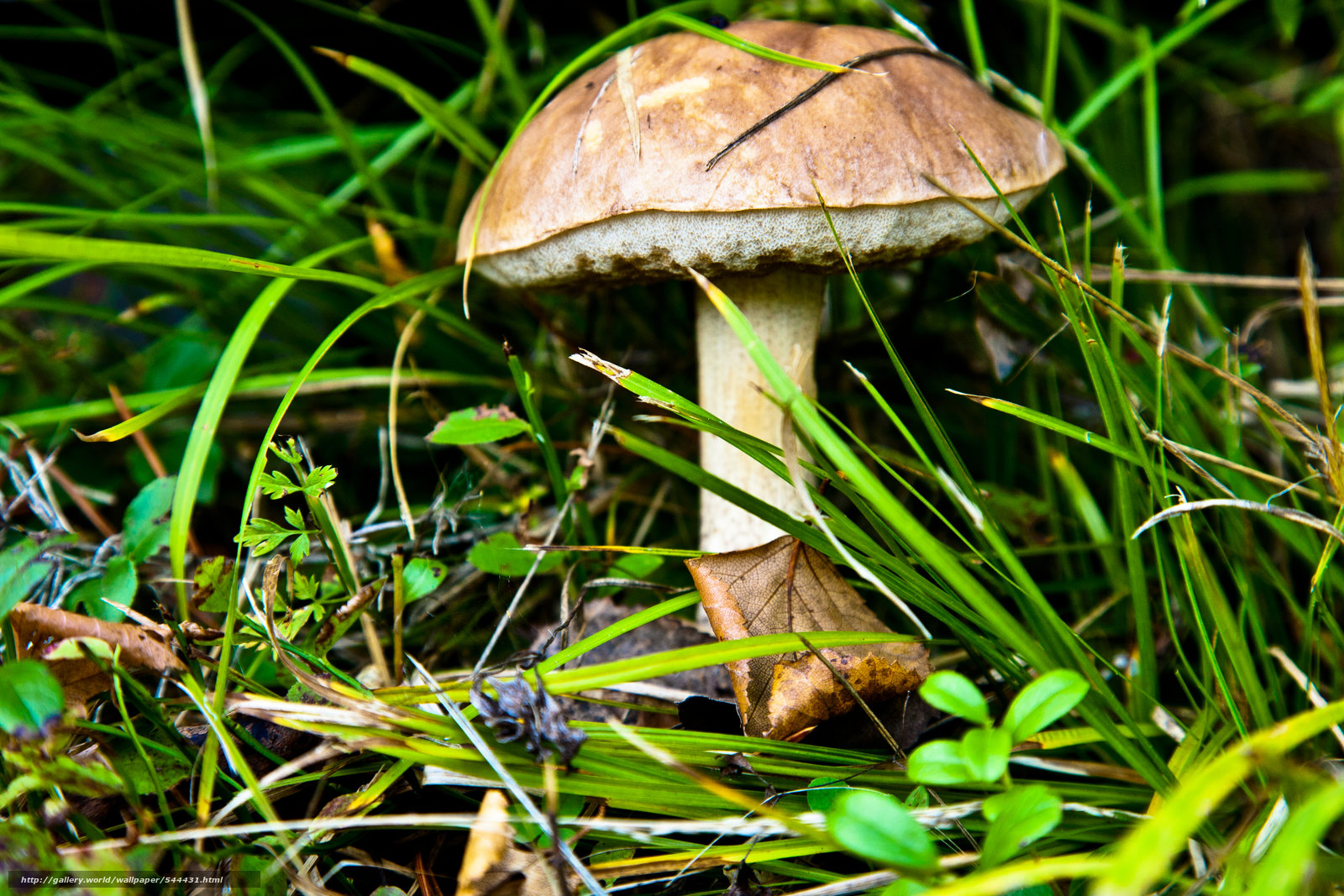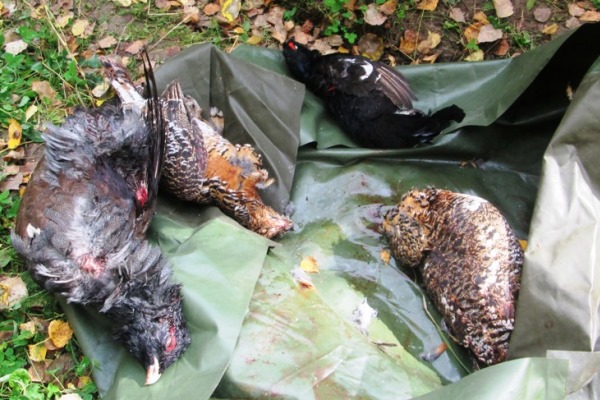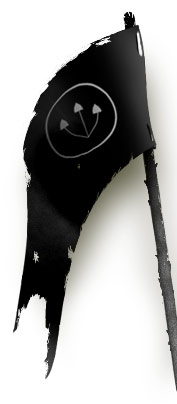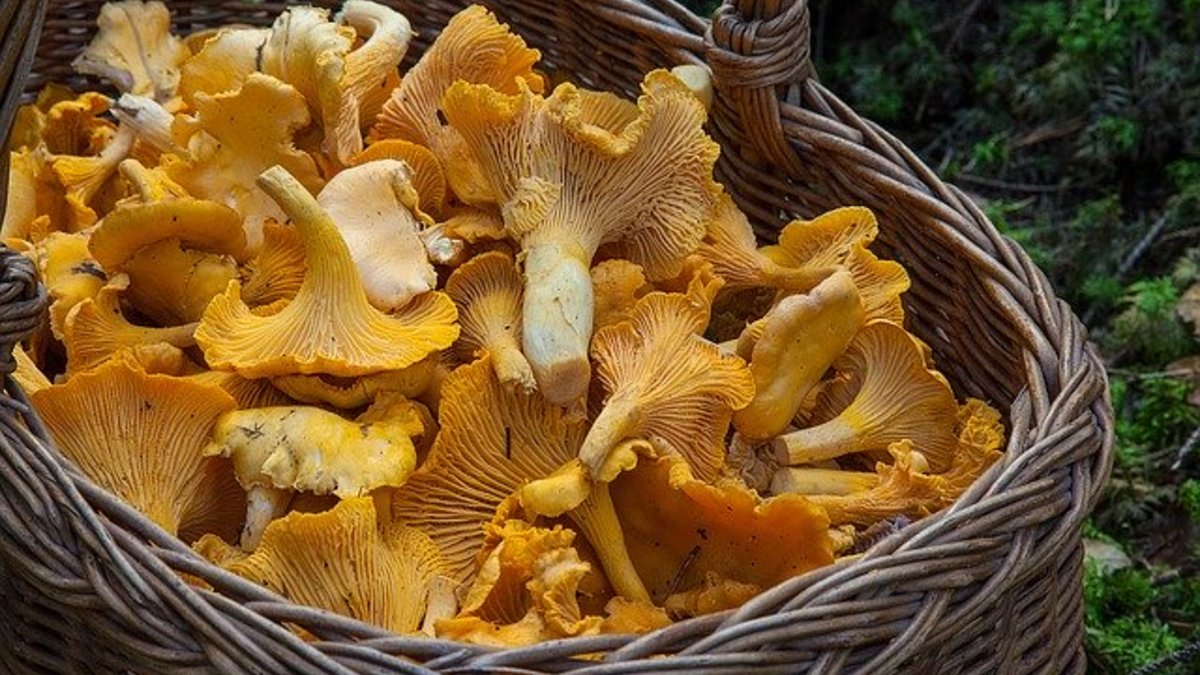Group organization of violators and demand for "black" products
Organized groups of poachers are a well-coordinated system
Its mechanism of functioning, as a rule, is based on the distribution of roles according to the importance and significance of this or that element of the illegal "structure", which subsequently significantly complicates the process of bringing all participants to criminal responsibility. Links of one chain, i.e.
members of poaching groups are:
- perpetrators (those who are recorded by law enforcement agencies at the time of the offense);
- sellers of illegal products;
- buyers of illegal goods;
- officials (in rare cases act as a "cover" for poaching groups).
The restrictions imposed by the state environmental authorities on hunting, fishing activities and tree felling, on the contrary, contribute to an increased demand on the black market for endangered species of natural resources. 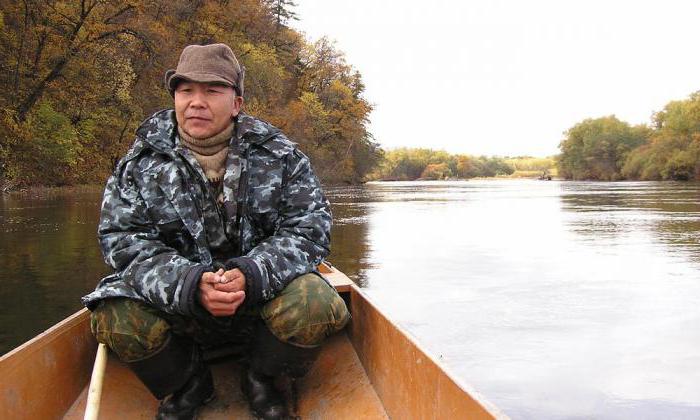 The high cost of forbidden timber, furs or plants pushes poachers into illegal earnings.
The high cost of forbidden timber, furs or plants pushes poachers into illegal earnings.
The consequences and damages of thriving poaching
It is rather difficult to immediately assess the scale of the harm caused by poaching. In addition, the majority of citizens, not understanding how fraught are the consequences of overfishing, hunting animals and using minerals, do not consider this type of crime particularly dangerous. However, the public must join forces with state law enforcement agencies to combat poaching in Russia, which threatens:
- the disappearance of one or more elements of natural systems, which leads to a violation of the ecological balance;
- the extinction of populations of plants and animal species;
- unpreparedness of a person to overcome natural disasters (deforestation intended for the prevention of landslides and floods deprives people of additional protection from natural disasters).
- Tourist activity is gradually losing its popularity.
- Increase in the number of natural disasters and emergencies. Illegal felling of protective and sanitary forests, which were planted to prevent floods and landslides, can cause them to appear.
Mushroom poaching and restrictions on mushroom picking in different countries
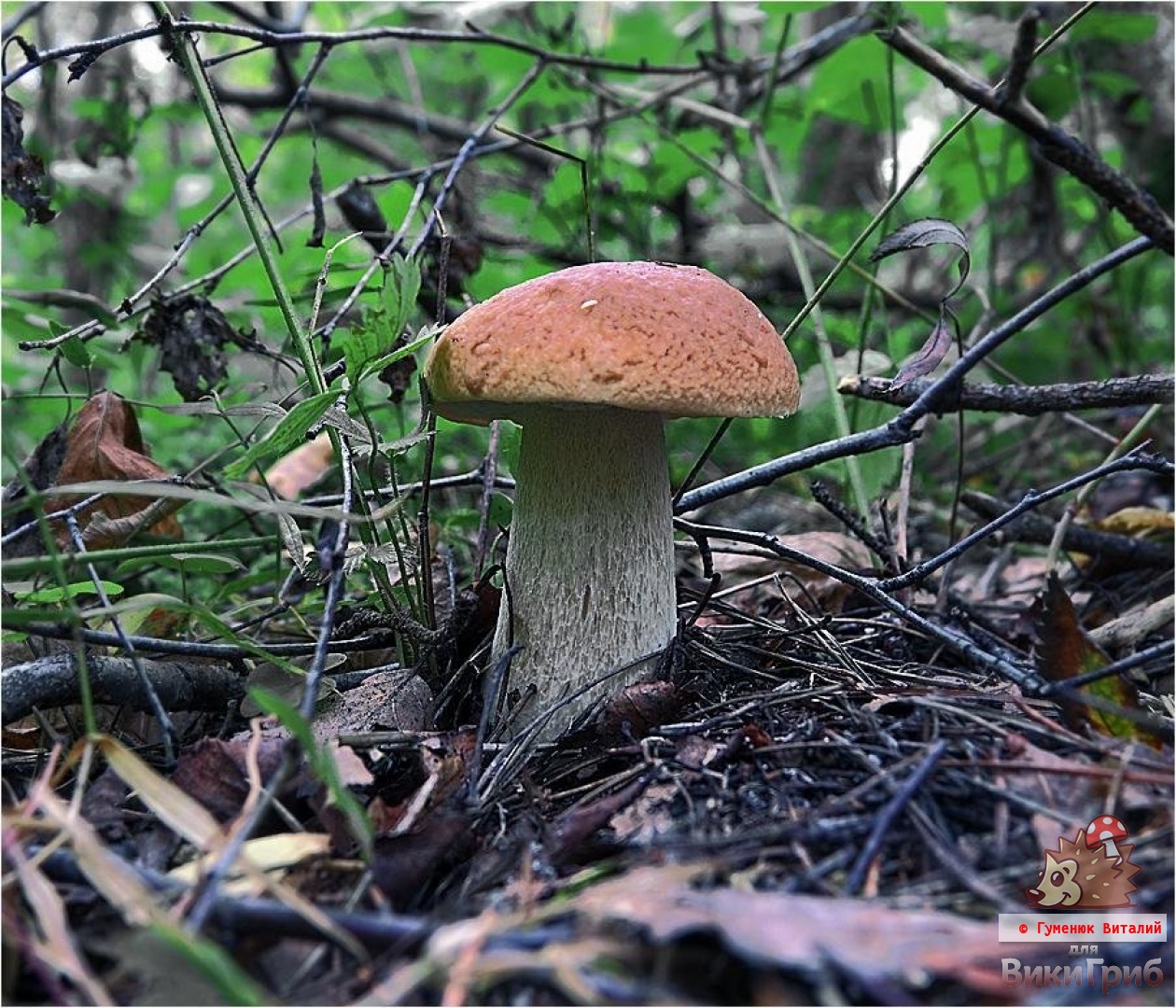
The idea that no one picks mushrooms in Europe except Russians is a big delusion. And the point is not only that our former and current compatriots have already managed to train a certain number of Germans, French, etc. "Quiet hunt".
True, unlike us, only a few types of mushrooms are collected in Europe. In Austria, for example, the first rules governing mushroom picking date back to 1792. According to these rules, for example, russula could not be sold because their distinctive features were considered unreliable. As a result, only 14 types of mushrooms were allowed to be sold in Vienna in the 19th century. And only in the XX century their number was increased to 50. Nevertheless, today only one in ten Austrians travel to the forest to pick mushrooms. In addition, Austrian laws, under threat of a fine, limit the picking of mushrooms: without the consent of the forest owner, no one has the right to collect more than 2 kilograms.
But ... What the Austrians cannot do, as it turned out, is possible for Italians. Several years ago, in the south of Austria, in the lands bordering with Italy, real "wars for whites" unfolded. The fact is that Italian lovers of fresh mushrooms, quiet hunting (or easy money) organized almost whole mushroom buses to Austria. (In the north of Italy itself, in which the rules for picking mushrooms are quite strict: a mushroom picker must have permission from the area to which the forest belongs; licenses are issued for one day, but mushroom picking can only be done on even numbers, no earlier than 7 am and no more than one kilogram per person.)
As a result, porcini mushrooms disappeared in East Tyrol. Austrian foresters have sounded the alarm and pointed to vehicles with Italian numbers that are crossing the border in droves and lining up along the Tyrolean thickets.
As one of the local residents of the neighboring province of Tyrol, Carinthia, said, "Italians come with mobile phones and, having found a mushroom place, call a crowd of people to it, and we are left with a naked bedding and a destroyed mycelium." The apotheosis was the story when a car from Italy was detained on the border with Italy. 80 kg of mushrooms were found in the trunk of this car. After that, Carinthia introduced special mushroom licenses for 45 euros and fines for illegal mushroom picking (up to 350 euros).
A similar story also develops on the border between Switzerland and France. Here the Swiss act as mushroom shuttles. The Swiss cantons most often regulate the amount of mushrooms harvested up to 2 kg per person per day. In some places, the collection of whites, chanterelles and morels is strictly monitored. Other cantons have special mushroom days. For example, in the canton of Graubünden on Mondays, Wednesdays and Fridays, you can pick no more than 1 kg of mushrooms per person, and on the 10th and 20th of every month, mushroom picking is generally prohibited. Considering that individual settlements have the right to add other restrictions to this, it is understandable how hard life is for the Swiss mushroom pickers. Not surprisingly, they got into the habit of going to France, taking advantage of the fact that there are not such harsh rules. As the French press writes, in the fall this translates into real raids on French forests.
That is why during the mushroom season, French customs officers pay special attention to Swiss motorists, and there have even been cases that some of them, having collected too many mushrooms, ended up in jail.
Fish species listed in the Red Book
In addition to the rules for fishing, the fisherman must also know the list of vertebrates that are strictly prohibited from being caught due to their inclusion in the Red Book. Poachers fish in protected areas, on prohibited sites, which is strictly punishable by law. To avoid an unpleasant situation, you should know the prey for which hunting is prohibited: common dace, freshwater sterlet, Black Sea carp, small fish, Russian swine.
Having caught one of the above types of fish, the fisherman runs the risk of getting an impressive fine. Sometimes inspectors write out administrative protocols, according to which a person is sent to community service.
Who decides on administrative responsibility
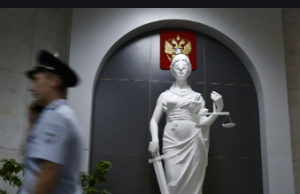
Only a court can impose a verdict on the administrative punishment of a poacher. All conflicts in the hunting sphere regarding the observance of hunting rules are dealt with in the courts on the basis of Art. 56 of Law No. 209-FZ "On Hunting".
At the same time, at the place of illegal acts, a specialist in charge of nature protection is obliged to:
- Draw up a protocol and other necessary materials.
- Collect the evidence base by checking the vehicle and the detainee's belongings.
After collecting all the data, he sends the materials to the law enforcement agencies, to the court, with a petition to bring the poacher to an administrative penalty or criminal prosecution.
Publication structure
All species from the Red Data Book of Moscow have their own category of rarity. There are six of them:
- completely extinct species;
- critically ill groups that are scarcely encountered;
- small and rare species;
- initially small in number, with the risk of extinction of the group;
- species for which there is little data for assigning a category;
- groups listed in the Red Book and starting to gain numbers.
In addition, a brief description is given for each group, the habitat, possible threats and methods of restoration are indicated.
The book tells about animals and plants under the patronage of the state.
PENALTY AND PERIOD
- In the Moscow region, hunters are mostly law-abiding. We did not notice the growth of illegal hunters during the restrictions imposed. On the contrary, there were much fewer offenders in local lands than usual, - says the Minister of Agriculture and Food Andrei Razin.
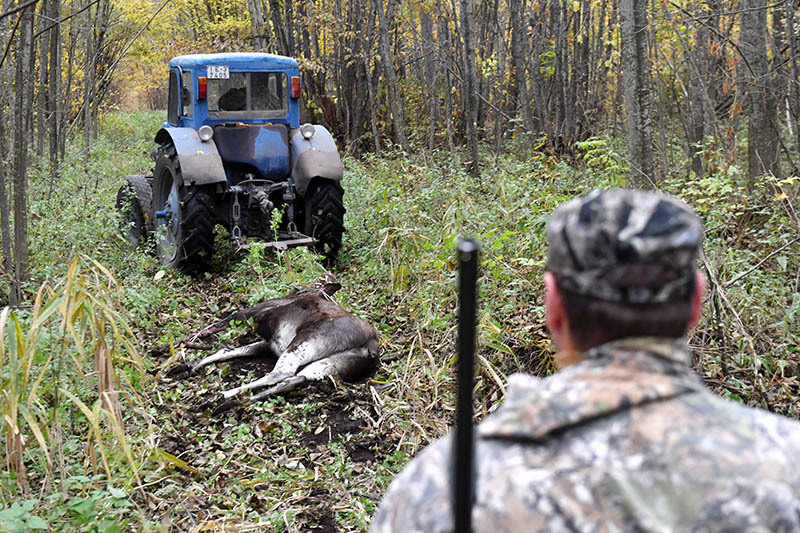
According to experts, violations of hunting rules are usually divided into two large categories. The first falls under the Administrative Code, the second - the Criminal Code.
“On average, we reveal about 500 administrative offenses and about 30-40 acts for which criminal liability threatens a year,” Andrei Razin cites statistics.
Administrative violations usually do not threaten nature with serious harm. For example, a hunter can be prosecuted for being in the area with a weapon without permission. Anyone who accidentally leaves the boundaries of the hunting grounds specified in the documents will also receive a fine.
“But the“ criminal offense ”includes cases when hunting resources have suffered major damage,” lists Dmitry Vachugov, head of the Department of State Hunting Supervision of the Ministry of Agriculture and Food of the Moscow Region, “when auto and motor vehicles or methods of their mass destruction were used for the extraction of animals.
Those who have decided to hunt in specially protected areas, for example, in nature reserves, or who have killed an animal in the Red Book, will also be criminally liable.
One of the striking examples when the Criminal Code comes into play happened in May in the Bogorodsky urban district.
- Elks grazed near the quarry. The suspected citizen killed a moose cow with a shot, after which they tried to transport it across the quarry in a rubber boat, - recalls Dmitry Vachugov. - At that moment, our employees, together with the police, detained the offender.
Illegal moose hunting is considered a major damage to the fauna. In monetary terms, it can reach up to half a million rubles.
For this violation, the shooter may face sanctions up to imprisonment for up to two years. And if a group violation by prior agreement is proven, then up to five years can be spent in prison.
Fighting offenders
In addition to penalties, the legislation of the Russian Federation provides for criminal liability, which can be applied for the following violations:
- as a result of the commission of a crime by a group of persons;
- illegal use of resources (for especially large amounts, the punishment is more severe);
- due to abuse of office.
If the amount of losses is not too large, which is determined by the inspector, an administrative protocol may be issued to the violator, according to which the hunter undertakes to compensate for the losses incurred or perform public works within a specified period.
Unfortunately, it is not always possible to preserve the safety of the animal world, and special craftsmen still commit serious crimes in pursuit of the goal of earning as much money as possible. Therefore, the government encourages not indifferent citizens to report to the appropriate services in case of detection of a poacher.
The low effectiveness of the fight against poaching is associated with insufficient government control over animal safety, deforestation and fishing. Violators today may have fake licenses and permits that are not always recognizable. Moreover, the punishment may not always be commensurate with the damage done.
"We have to sell everything"
Another reason for the decline in the range and number of Mediterranean turtles is their illegal capture. Basically, advertisements for their sale are given by residents of Anapa, Novorossiysk, Gelendzhik, Tuapse, as well as those who take them out of there - to Rostov, Moscow, Sochi and other regions, Mark Pestov noted. There are practically no turtles left in Sochi, and ads appear regularly.
It is difficult for ordinary people to determine from the text of the ad and the photograph that the tortoise is in the Red Book. And sellers, of course, do not indicate its real name. For example, in Anapa there was an advertisement for the sale of a "Greek turtle". The name of the Mediterranean turtle in Latin is Testudo graeca, which is why they are sometimes called Greek, explained Mark Pestov.
Izvestia spoke with the tortoise sellers who publish their ads on the Web.
- I bought it three years ago in Kostroma. I wouldn't sell, but I have cancer. The treatment is very expensive. You have to sell everything. Recently, a woman wrote to me demanding that the turtle be taken to the reserve, since it is listed in the Red Book. She even threatened. Laughter and nothing more. I am disabled, what can you take from me, - said one of the interlocutors of Izvestia.
3_3
 Photo: Mark Pestov
Photo: Mark Pestov
Izvestia also tried to buy one turtle worth 3.5 thousand rubles from a seller in Gelendzhik. In the announcement, it is designated as "land". Prices from other sellers reach 10 thousand rubles.
- They gave it to me. Now he lives in the garden, moves around, eats dry food. Healthy, active. I know that it is a rare species, - said the owner of the animal.
The question of transporting the turtle to Moscow put the seller in difficulty.
“In general, she’s alive, she’s not sent by mail,” she said.
However, sellers from other regions agreed to send the turtle to Moscow using BlaBlaCar.
- There are people who found a turtle by accident. But there are those who are trying to build a business on this, - Mark Pestov is sure.
Izvestia asked the services of Yula and Avito about whether they are taking any measures to block advertisements for the sale of Red Book animals. At "Yulia" they explained that this is done automatically - with the help of a moderation system based on neural networks. Avito did not specify the blocking mechanism, but reported that they were monitoring attempts to sell wild animals included in the Red Book of the Russian Federation or protected by international treaties. Placing such ads on the service is unacceptable.
How flora changes affect fauna numbers
Another ecological problem of mankind is the destruction of plants. If we take into account the research data of American scientists, over the past 200 years, the number of flora and fauna in the world has decreased by 900 thousand species. The natural habitat is disturbed as a result of excessive human activity, climate change. Most of the plants are destroyed during deforestation, plowing plantations for agriculture.
Power plants that release sulfur dioxide into the atmosphere pose a significant threat to flora. Acid rain falls on forests and fields.
Depletion of tropical plantations, considered the lungs of the planet, leads to the death of various plant species.

The main destroyer of the forest is fire. In most cases, a person acts as a provocateur of a tragedy. Weather conditions influence to a lesser extent. The risk of fire prevails in coniferous forests, savannas, desert areas without trees, steppes.
Negative effects from frequent fires:
- the growth of trees is sharply reduced;
- the qualitative composition of plants decreases;
- the area of windbreaks is increasing.
- soil structure deteriorates.
The destruction of forests leads to the spread of insects and fungi that cause serious diseases in humans.
Consequences of human intervention in the animal kingdom
Illegal, excessive human interference with nature leads to serious consequences:
- Global. The disappearance of animals occurs over a vast territory. Illegal activity leads to the extermination of many different species of fauna. The cause of global consequences is the change in the biosystem as a result of plowing up the steppes for agricultural purposes, deforestation for the construction of highways, highways, and new settlements.
- Vidov. They are characterized by a decrease in the number of a certain type of fauna due to human invasion of the natural conditions of the habitat. The destruction of insects harmful to humans contributes to the extinction of animals for which they serve as food. To give an example from history, in China they fought with sparrows. As a result, we got a catastrophic reproduction of insects harmful to people and animals, an increase in the number of serious diseases.
The biosphere loses its ability to heal itself.The extermination of certain species of fauna leads to disruption of food chains. As a result, living organisms die en masse.

It is impossible to solve ecological problems by changing the biosystem. Unreasonable, excessive interference with nature almost doubles them.
Punishment for fish poaching in 2020

Commercial catch with drift nets is efficient, on a huge scale
And taking into account that poachers install about 100 nets at one time, irreparable damage is inflicted on spawning grounds, devastating them. To regulate the permitted norms of production, certain norms are approved, for violation of which, fishermen are subjected to various penalties.
In 2020, net fishing is allowed in only a number of regions of the Russian Federation:
- In the Far Eastern territory.
- In Siberia.
- In the northern territories.
At the same time, in order to fish, you need to have a license. Environmental officials ensure that the networks are marked with information about the owner. The obtained license cannot be given to third parties, and in its absence, for the detention of violators with networks, penalties are imposed.
The amount of penalties depends on many factors. At the same time, it should be borne in mind that the angler will be forced to pay for each fish:
- For pink salmon - 35 rubles.
- For a crab - 200 rubles.
- For salmon - 300 rubles.
In addition, for some disregard of the Rules for catching fish in very substantial volumes, criminal punishment may ensue.
Control over the observance of fishing rules is entrusted to inspectors, whose training is carried out by regional authorities, with the issuance of a certificate and a badge to the inspector. The inspector is engaged in the detection and prevention of offenses, suppression of damage to water bodies.
When detained by an inspector of poaching ships, the following liability arises:
- For illegal fishing in huge volumes, during spawning or during migration for spawning, ships with an engine are subject to a penalty equal to 300,000 to 500,000 rubles, either forced labor or imprisonment up to 2 years (Article 256, Part 1 of the Criminal Code of the Russian Federation ).
- For catching fish listed in the Red Book, or under an international agreement, a poacher can be punished with forced labor up to 480 hours, imprisonment up to 3 years, with a deduction of up to 1 million rubles (Article 258.1 Part 1 of the Criminal Code of the Russian Federation).
HELPS THE PUBLIC

The main task of hunting supervision is to prevent poaching. To do this, they organize shifts, check hunters, conduct preventive explanatory conversations. Assistance is provided by employees of hunting farms.
The most difficult thing is with poachers, who not only succumbed to excitement or are poorly familiar with the rules, but for whom it is a systematic income. Regular patrols help to suppress their activities, when inspectors sometimes risk their own health. For example, a few years ago one of the inspectors was severely beaten by poachers on the border of the city of Omsk. Shatura and Yegoryevsk. By this, however, they only aggravated their guilt and are now serving time in places not so remote.
“But we mainly rely on the public,” says Dmitry Vachugov. - Caring people often report violators. It was with their help, for example, that we were able to detain a suspect in that story with the murder of a moose cow.
From the bazaar to the darknet
Another problem is the sale of goods
On the one hand, it is difficult not to attract the attention of security officials when selling a forbidden product, on the other, to keep it fresh
“For these purposes, criminal gangs have hidden workshops, where the product is placed in banks in compliance with all technologies. With the naked eye, it is difficult to distinguish branded packaging from artisanal ones, ”says a police source.
One of the members of the illegal caviar trade group was arrested a month ago with just such a package.
In March, Astrakhan traffic inspectors detained a 23-year-old resident of one of the republics of the North Caucasus, who was trying to smuggle 42 cans of black caviar with a total weight of about 20 kg. As the investigators later found out, the courier intended to receive 1 million rubles from the capital's buyers for her cargo. In order to pack the cargo into banks, the suspect rented an apartment in Astrakhan shortly before she was detained. The driver was probably used by the girl blindly. The police are investigating the case, trying to identify other canoes of the group associated with the girl.
However, there are those who are their own entrepreneurs. For example, the Astrakhan police detained a 46-year-old local resident near a shopping center, who without much hesitation tried to sell two carcasses (sturgeon and stellate sturgeon) weighing 10 kg and more than 600 g of caviar, packaged in two jars.
caviar_1

Cans with black caviar seized from a 23-year-old resident of one of the North Caucasian republics, suspected of illegal extraction and circulation of especially valuable aquatic biological resources
Photo: Main Directorate of the Ministry of Internal Affairs for the Astrakhan Region
But there are not so many such "daredevils" today.
The latest innovation is an offer to buy black caviar through the shadow segment of the Internet. But, according to a source familiar with the situation, this service is not very much in demand due to its high cost. Say, the contingent of users is not the same. Much more popular is trading on open publics and forums in social networks. There, without much secrecy, people offer illegal goods to users. The main thing is not to get caught by a swindler and not pay a large sum for imitation.
So, the user "Oksana Ch" (the data is in the editorial office) posted a video with a jar in HD quality so that the client could view the product from different angles. The price of the issue for 50 g is 2500 rubles. “I offer black caviar - sturgeon, slaughter, lightly salted! Banks 50/100/250. Premium quality. Fresh, ”the announcement says. There is also an offer in social networks for the sale of beluga caviar.
According to Izvestia's source in law enforcement agencies, only an insignificant part of the production is sold directly to consumers. According to him, most of them are legalized the old fashioned way, through retail chains under the brands of legal manufacturers and through restaurants in megacities.
“This area of the black market is incredibly corrupt - bribes are distributed at every stage of the trafficking of a product. Hence the sky-high price of the goods, ”says the operative.
Animals
There are more than 290 species of various animals in the region. Let's talk about the most interesting and oldest of its representatives.
Brown bear
Currently, the species can be found in six districts in the Moscow region. The dens are marked in three districts - Mozhaiskiy, Taldomskiy and Zavidovo Group of Companies. The animal was assigned 1 category.
The brown bear came under threat of extinction at the end of the 19th century. The beast lives in deep forests, is sedentary. It is omnivorous, hibernating from December to April. The rut occurs in May, the female brings two cubs in winter.
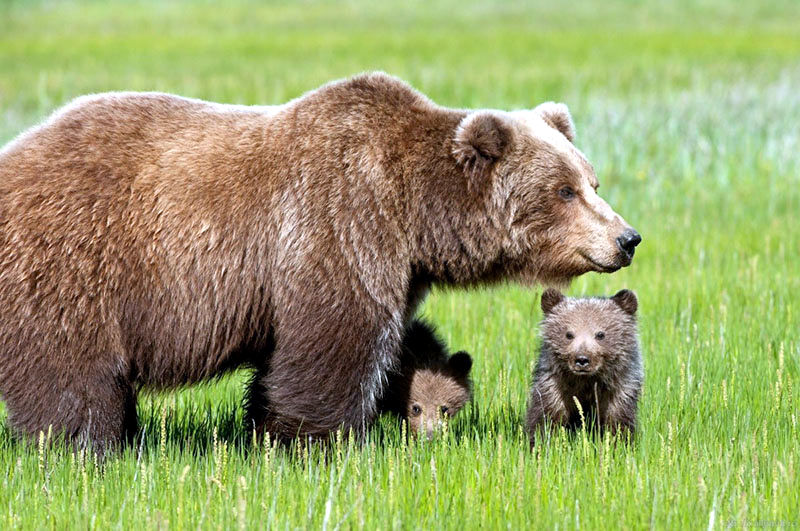 She-bear with cubs
She-bear with cubs
The number of individuals is decreasing due to the expanding construction, an increase in the number of off-road vehicles.
Habitats and dens are under state protection.
River otter
Category 2 is assigned to the otter species. The publication notes that the population is beginning to recover.
Occurs on the Ruza River between reservoirs, on the upper reaches of the Moskva River and on small rivers feeding the Ozerninskoye reservoir. Prefers clear rivers with a lot of fish.
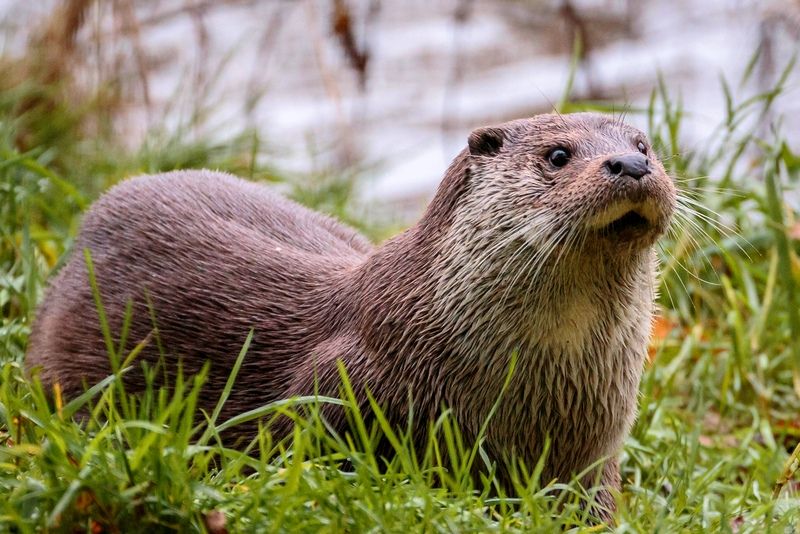 River otter
River otter
If there is enough food, it settles in one place, with a lack of it, it can wander, both on water and on land. At a time, the female brings up to four cubs, the river otter is a caring mother.
For the species of otter, the Red Book of the Moscow Region, among the negative factors, states the pollution of reservoirs, poaching, an increase in the number of enemies - stray dogs.
Common lynx
The number of the group has been decreasing since the end of the 19th century, in the Red Book of the Moscow Region it was assigned 1 category.
It lives in old forests with a lot of fallen trees. It is a predator that feeds mainly on white hares, young boars, birds and rodents. With a lack of feed, it can migrate.
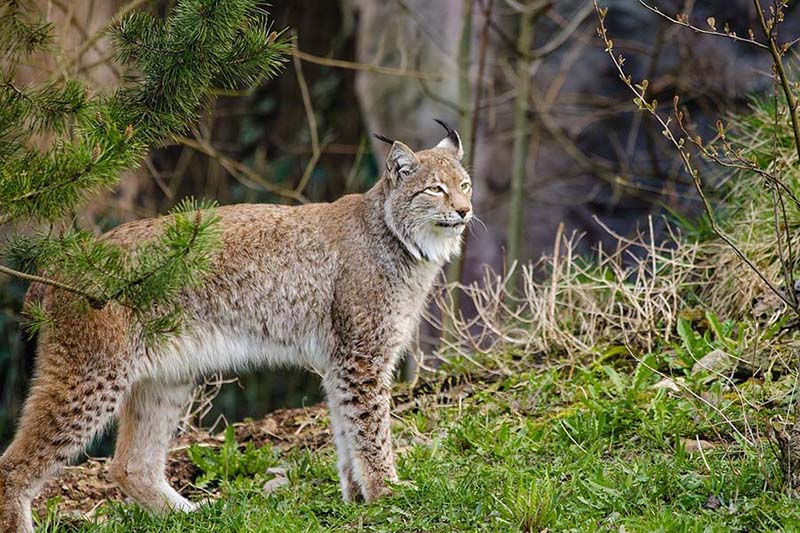 Common lynx
Common lynx
Factors unfavorable for the common lynx are deforestation, lack of food, and poaching. The habitats have been taken under protection.
Hazel dormouse
The group is listed in the publication of Moscow and the Moscow region, it was assigned the 4th category.
In Moscow, he lives in old parks, prefers half-rotted tree trunks and their roots for living. The hazel dormouse does not build open nests; in recent years, only a few single sightings of this animal have been known. In the Moscow region, she prefers deciduous forests.
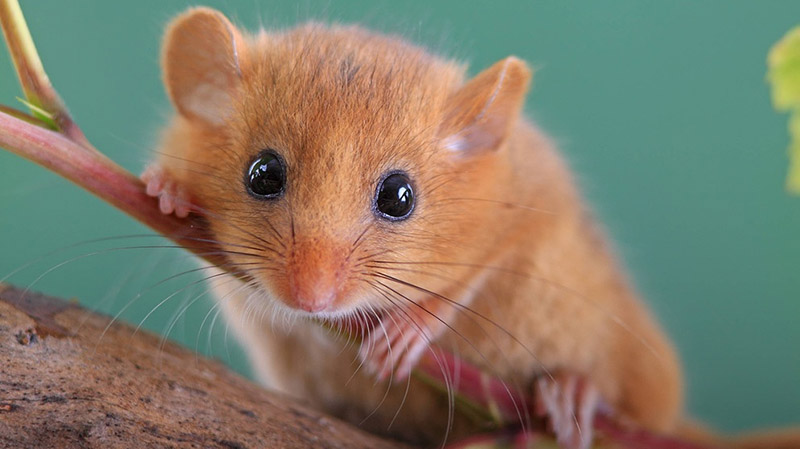 Hazel dormouse
Hazel dormouse
Hazel dormouse feeds on insects, berries and seeds. In a year, it is capable of breeding offspring twice, up to 5 cubs at a time.
Penalties for poaching hunting 2019-2020
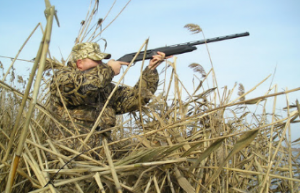
For illegal hunting in 2020, the offender can be administratively punished on the basis of Art. 8.37 of the Administrative Code of the Russian Federation, which provides for the following measures:
- For ignoring the rules of hunting activities, a penalty is imposed:
- For individuals from 500 to 4,000 rubles, allowing the seizure of hunting funds, or the prohibition of the right to hunt for up to 2 years (Article 8.37 Part 1 of the Code of Administrative Offenses of the Russian Federation).
- For civil servants from 25,000 to 35,000 rubles, allowing the seizure of hunting attributes.
- If the poacher is detained again, a penalty is issued.
- For individuals from 4,000 to 5,000 rubles, allowing the seizure of hunting funds, or the prohibition of the right to hunt for up to 1-3 years (Article 8.37 Part 1.1 of the Code of Administrative Offenses of the Russian Federation).
- For civil servants from 35,000 to 50,000 rubles, with the possible withdrawal of hunting attributes.
- For failure to comply with the terms of hunting and for hunting activities with unauthorized attributes.
- Individuals are deprived of a hunting license for up to 1 - 2 years (Article 8.37 Part 1.2 of the Administrative Code of the Russian Federation).
- Officials are issued a penalty from 35,000 to 50,000 rubles, with the possible withdrawal of hunting attributes.
- For ignoring the request of the inspector to present documents permitting hunting activities (licenses or vouchers).
- Individuals are deprived of a hunting license for up to 1 - 2 years (Article 8.37 Part 1.3 of the Administrative Code of the Russian Federation).
- Official citizens are issued a penalty from 25,000 to 40,000 rubles, with the possible withdrawal of hunting attributes.
- For ignoring the rules of keeping objects of the animal environment.
- For individuals, a penalty from 500 to 1,000 rubles is issued, with the possible withdrawal of hunting attributes (Article 8.37 Part 3 of the Code of Administrative Offenses of the Russian Federation).
- For civil servants, a fine from 2,500 to 5,000 rubles is imposed, allowing the seizure of hunting attributes.
- For legal entities persons - from 50,000 to 100,000 rubles, with the possible withdrawal of hunting attributes.
In case of illegal shooting, if the hunt has caused great damage, with sad consequences, the violators are punished more severely. So, for example, great damage can be caused when:
- Illegal hunting with the vehicle.
- Hunting activity in regions where an ecological disaster or unforeseen situation has been identified.
- Carrying out illegal hunting by a group of persons by their collusion, with reference to their official status.
In this option, punishment can be assigned, in the form of:
- Penalties equal to from 500,000 to 1 million rubles.
- Deprivation of earnings equivalent to 3 - 5 years of income.
- Imprisonment from 2 to 5 years, with the subsequent prohibition of the right to engage in certain labor for up to 3 years.
The amount of the penalty for poaching depends on the type of animal shot, for example:
- A sable will cost a hunter 15,000 rubles.
- For a moose, you will need to pay from 40,000 to 80,000 rubles.
- A shot bear will cost a poacher 30,000 - 60,000 rubles.
- The poacher will pay 500 rubles for killing the muskrat.
Thus, before planning an illegal hunt, you need to think carefully so as not to run into a substantial fine or something good, a criminal punishment.
Knock on the shell
From May to July, about two dozen advertisements for the sale of Mediterranean turtles were posted on the Avito and Yula ad services, herpetologist Mark Pestov, Ph.D.
In Russia, such turtles live only in two places: in the foothills of Dagestan and Krasnodar Territory (from Anapa to Tuapse, at a distance of up to 20 km from the Black Sea). In recent years, no one has carried out a general assessment of the state of this species in Russia. Even according to old Soviet publications, there were only about 30 thousand individuals on the territory of the Krasnodar Territory. And over the past 30 years, their number has decreased.
The main reason for the plight of turtles is anthropogenic changes in the habitat of this species. Settlements are expanding, engulfing gentle coastal slopes, old fields and vineyards. So, in Gelendzhik and Novorossiysk they are found literally within the city - on the roads, in landfills, because the city has invaded the natural habitat of turtles. Often they crawl out onto the roadway, perish under the wheels of cars.
3_5
 Photo: Mark Pestov
Photo: Mark Pestov
Modern agricultural landscapes using mechanized tillage are also unsuitable for turtles.
- Many young turtles fall prey to synanthropic animals - pigs, dogs, crows, rats. While the turtle is small, its shell is very fragile and it is completely defenseless, - said Mark Pestov.
Help "Izvestia"
The Mediterranean turtle was included in the Red Book of Russia, the Red List of the International Union for Conservation of Nature (IUCN) in the Vulnerable category, Appendix II of the Convention on International Trade in Endangered Species of Wild Flora and Fauna (CITES) and Appendix II of the Berne Convention. This species is also included in the regional Red Data Books of the Krasnodar Territory and the Republic of Dagestan.


